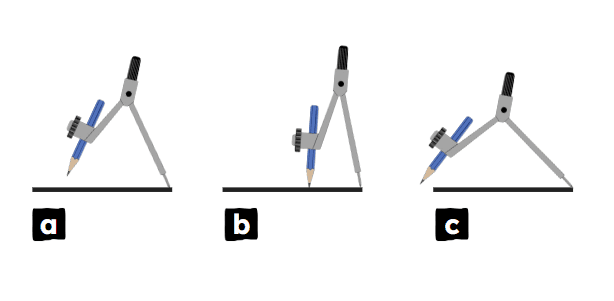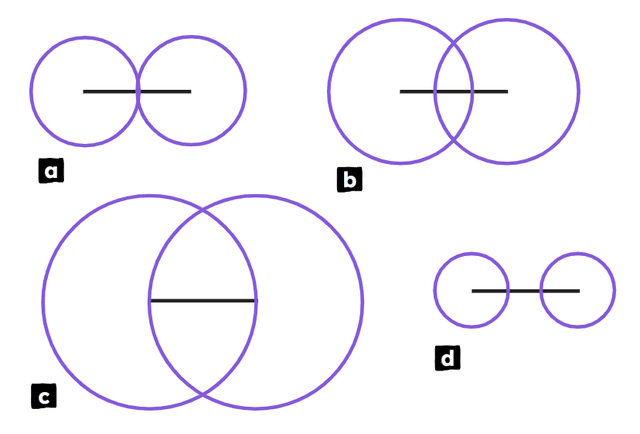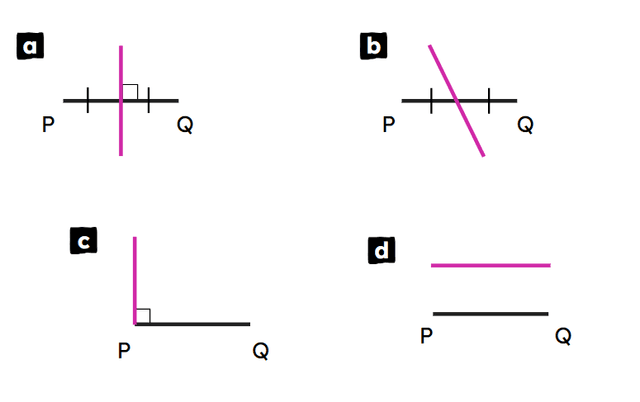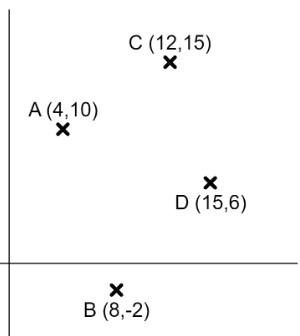Myths about teaching can hold you back


- Year 10•
- Higher
Parallel and perpendicular lines on coordinate axes
I can solve problems involving parallel/perpendicular lines on coordinate axes.


- Year 10•
- Higher
Parallel and perpendicular lines on coordinate axes
I can solve problems involving parallel/perpendicular lines on coordinate axes.
These resources were made for remote use during the pandemic, not classroom teaching.
Switch to our new teaching resources now - designed by teachers and leading subject experts, and tested in classrooms.
Lesson details
Key learning points
- Parallel lines have the same gradient.
- The product of the gradients of two perpendicular lines is -1
- Your knowledge of the geometrical properties of shapes can be applied here.
Keywords
Perpendicular - Two lines are perpendicular if they meet at right angles.
Parallel - Two lines are parallel if they are straight lines that are always the same (non-zero) distance apart.
Common misconception
Pupils may not appreciate all the steps required to prove what type of shape is shown.
A warm-up for the lesson could be to review properties of shapes. Consider describing a shape, one property at a time. How much information is needed before pupils can be certain they know which shape is being described?
To help you plan your year 10 maths lesson on: Parallel and perpendicular lines on coordinate axes, download all teaching resources for free and adapt to suit your pupils' needs...
To help you plan your year 10 maths lesson on: Parallel and perpendicular lines on coordinate axes, download all teaching resources for free and adapt to suit your pupils' needs.
The starter quiz will activate and check your pupils' prior knowledge, with versions available both with and without answers in PDF format.
We use learning cycles to break down learning into key concepts or ideas linked to the learning outcome. Each learning cycle features explanations with checks for understanding and practice tasks with feedback. All of this is found in our slide decks, ready for you to download and edit. The practice tasks are also available as printable worksheets and some lessons have additional materials with extra material you might need for teaching the lesson.
The assessment exit quiz will test your pupils' understanding of the key learning points.
Our video is a tool for planning, showing how other teachers might teach the lesson, offering helpful tips, modelled explanations and inspiration for your own delivery in the classroom. Plus, you can set it as homework or revision for pupils and keep their learning on track by sharing an online pupil version of this lesson.
Explore more key stage 4 maths lessons from the Linear graphs unit, dive into the full secondary maths curriculum, or learn more about lesson planning.

Licence
Prior knowledge starter quiz
6 Questions
Q1.A(n) is a shape such that every point on the circumference is equidistant to its centre.
Q2.A(n) of a circle is part of the circle’s circumference.
Q3.Which of these compass widths are suitable when constructing the perpendicular bisector of the given line segment?

Q4.Which of these is an equation of a line perpendicular to the line with equation $$y = 1-{1\over 3}x$$?
Q5.The gradient of the line which passes through the points (4, 8) and (7, 14) is .
Q6.Which of these are equations of a line parallel to the line which passes through coordinates (5, -2) and (-3, 10)?
Assessment exit quiz
6 Questions
Q1.Which of these statements best describes a perpendicular bisector of a line segment AB?
Q2.Which of these constructions can be used to draw on the perpendicular bisector of the line segment given?

Q3.Match each diagram to the correct description.

Diagram a -
a perpendicular bisector of PQ
Diagram b -
a bisector of PQ
Diagram c -
a perpendicular to PQ
Diagram d -
a line parallel to PQ
Q4.Point A has coordinates (4, 10) and Point B has coordinates (8, -2). The midpoint of AB has coordinates (6, 4). What is the equation of the perpendicular bisector of AB?

Q5.Izzy plots the points A, B, C and D. Given ABDC is a rhombus, which of these statements have to be true?
Q6.Why is shape ABDC not a parallelogram?


